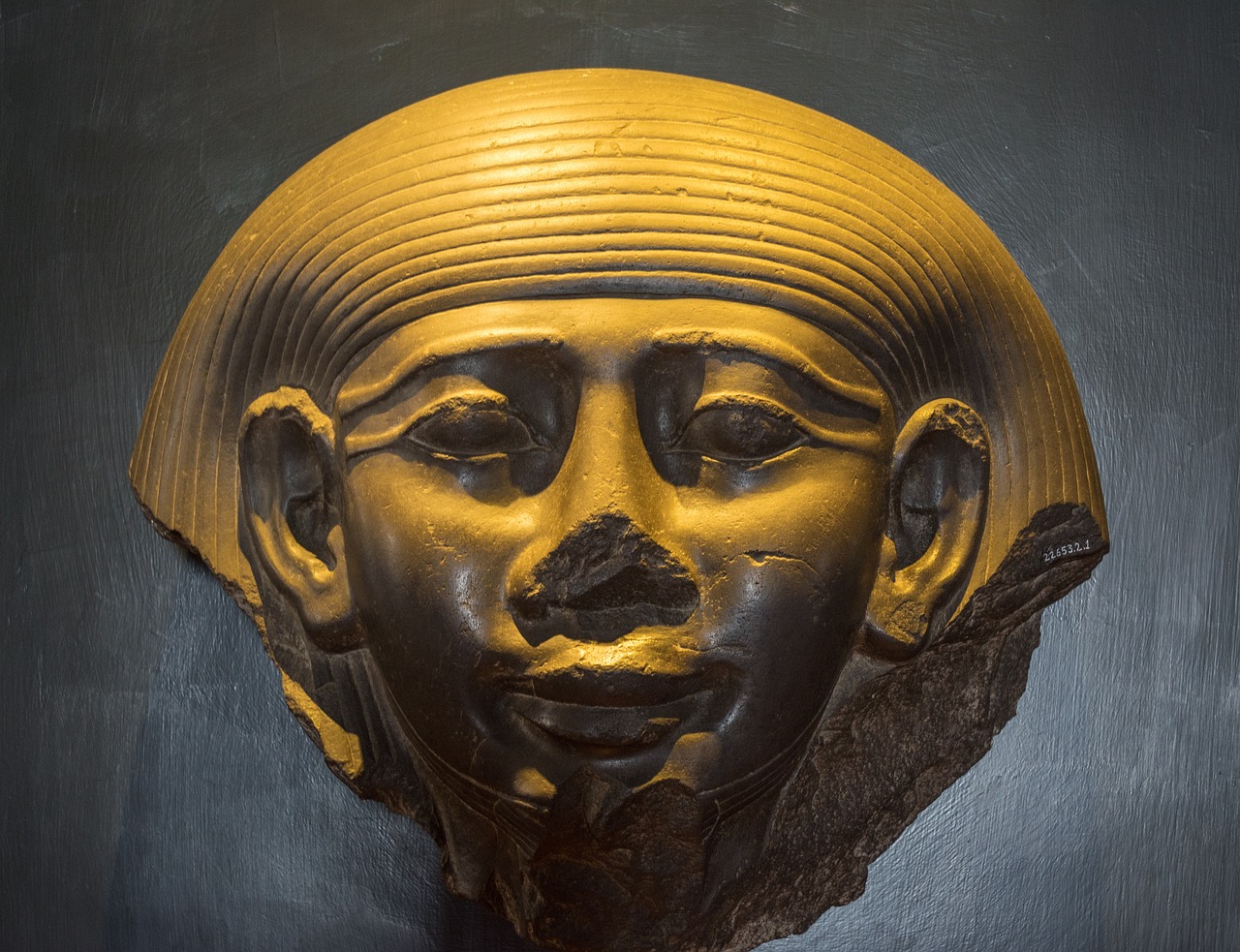Isis is recognized as one of the central figures among the deities of ancient Egypt. Her name, drawn from the Greek adaptation of an ancient Egyptian term, translates to “throne.” Initially, she did not possess dedicated temples and was relatively obscure, but over time, particularly during the dynastic age, her significance grew immensely. Isis eventually emerged as a pivotal goddess within ancient Egyptian worship, her influence sprawling into the Roman Empire, where she garnered followers from locations as distant as England to Afghanistan. In contemporary contexts, she continues to receive veneration from various pagan communities.
Represented as both a mourning figure and a nurturing mother, Isis held deep associations with the themes of mortality and magic. As a divine healer, she was believed to cure ailments and facilitate a connection with the afterlife. Visually, Isis is often depicted as an attractive woman adorned in a sheath dress, wearing a throne symbol or a solar disc flanked by horns atop her head. She was likewise represented occasionally in more unconventional forms, including a bird or other animals. References to her appear as early as the Pyramid Texts, dating back to approximately 2350–2100 BCE, where she is depicted offering assistance to deceased kings. Eventually, as perspectives on the afterlife broadened, Isis was able to offer her support to all of Egypt’s dead.
The mythos surrounding Isis was popularized by the priests of Heliopolis, who followed Re, the sun god. According to their stories, she was born to Geb, the earth god, and Nut, the sky goddess, and was the sibling to notable deities like Osiris, Seth, and Nephthys. As Osiris’s queen, she played a crucial role in Egyptian society, teaching essential skills such as weaving and brewing. However, Seth’s jealousy prompted him to conspire against his brother, leading to Osiris’s demise when he was ensnared in a chest and cast into the Nile. In the aftermath of Osiris’s disappearance, Seth usurped the throne of Egypt.
Isis’s unwavering devotion led her on a quest to find Osiris, ultimately discovering his body in Byblos. After retrieving him, Seth found the chest and dismembered Osiris, scattering his remains. Through her transformative powers and the support of Nephthys, Isis was able to recover and reassemble Osiris’s body—though his penis was missing. Utilizing her magical abilities, she resurrected Osiris in a state akin to a mummy; nine months later, she gave birth to Horus. Following this, Osiris became the ruler of the underworld.
Through Horus’s youth, Isis hid in the protective marshes of the Nile delta, keeping him safe from potential threats. The relationship between her and Horus grew contentious when, during a critical confrontation between Horus and Seth, she displayed sympathy for Seth, which resulted in her beheading—an act that was later reversed through magic. Ultimately, the dynamics between Isis and Horus evolved, allowing Horus to reclaim the Egyptian throne.
Isis epitomized the quintessential Egyptian wife and mother: she was supportive and nurturing yet fiercely protective when crises arose. This protection lent Isis the attributes of a guardian goddess, while her formidable magical expertise distinguished her from other deities in the pantheon. Numerous stories illustrate her unparalleled powers, surpassing even those of Osiris and Re, further solidifying her reputation as a potent figure in protective rites for the deceased in collaboration with other goddesses such as Nephthys and Hathor.
The establishment of major temples in her honor, such as the one built by Nectanebo II in Behbeit el-Hagar during the Late Period, marked her rise in prominence. Additional sacred sites, like the island temple of Philae, were constructed during the Greco-Roman era, illustrating her significance among Egyptian goddesses. Her following reached beyond Egypt, as she became a revered figure throughout Greece and Rome. The imagery of Isis nurturing Horus likely had a profound influence on early Christian art depicting the Virgin Mary and the infant Jesus.



